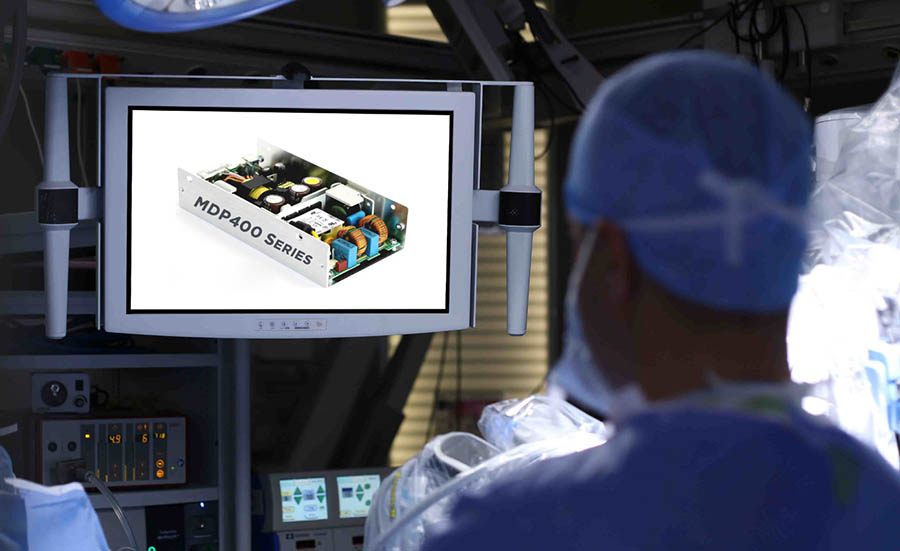With the continuous advancement of medical electronics, PCBA (Printed Circuit Board Assembly) is increasingly prevalent in medical equipment. From patient monitors and ventilators to implantable electronic devices, the demands on circuit board quality, safety, and reliability are exceptionally stringent. For PCBA manufacturers, meeting the compliance requirements for medical devices is crucial for entering this high-barrier market.

1、Understanding the Medical Industry’s Specific Requirements for PCBA
Medical electronics directly impact human safety, necessitating compliance standards far exceeding those for general consumer electronics. PCBA manufacturing must be conducted under stringent controls to ensure long-term stable operation and resilience in extreme environments.
The medical sector commonly references the following standards for PCBA compliance:
- ISO 13485: Medical device quality management system standard, requiring enterprises to establish a quality control system covering the entire product lifecycle;
- IEC 60601: Fundamental safety and performance standards for electrical medical equipment;
- FDA CFR 21 Part 820: US FDA regulations governing quality systems for medical devices.
These standards encompass not only the manufacturing process itself but also mandate systematic management of design, validation, testing, documentation, and traceability.
2、Controlled Processing Environment as Foundation
PCBA manufacturers seeking entry into medical electronics supply chains must ensure production environments meet stringent cleanliness and stability requirements.
- Workshops must comply with electronic cleanroom standards, featuring constant temperature and humidity control alongside anti-static systems;
- Strictly manage airborne particulates and electrostatic interference to prevent irreversible damage to sensitive components;
- Personnel must wear cleanroom attire including anti-static garments, masks, and gloves.
A robust processing environment constitutes the primary safeguard for medical product safety.
3、Comprehensive Testing and Validation Framework
Medical PCBA tolerates no faults or deviations, necessitating a scientific and exhaustive testing regime.
- Integrate AOI (Automated Optical Inspection), ICT (In-Circuit Testing), and functional testing throughout production to validate every circuit board comprehensively;
- At the finished product stage, high/low temperature cycling tests, electrical insulation tests, and extended ageing trials must be conducted to ensure circuit board stability in clinical environments;
- Data from critical stages must be recorded and archived, enabling full traceability from raw materials to finished goods.
Rigorous testing and validation procedures not only enhance product quality but also provide robust support for future regulatory compliance and customer audits.
4、Traceable Management of Documentation and Data
Compliance extends beyond production processes to encompass comprehensive document control and quality records.
- Establish detailed documentation systems including Bill of Materials (BOM), process flow diagrams, test records, and maintenance logs;
- All data must be electronically archived to enable rapid response to customer traceability queries;
- Implement unique product identification coding for closed-loop management from raw material procurement through each production stage to final shipment.
Medical clients place particular emphasis on this during supplier audits; robust record systems significantly enhance client trust.
5、Collaborative Design Verification with Clients
Medical devices are typically customised, requiring PCBA manufacturers to maintain close technical communication with clients.
- Participate in DFM (Design for Manufacturability) discussions during early design stages, proposing structural, electrical, and process optimisation recommendations;
- Offer rapid prototyping and trial production testing to shorten client product validation cycles;
- Promptly communicate process risks and jointly formulate reasonable adjustment strategies.
High-level collaboration is crucial to ensuring products meet medical application requirements.
Medical devices impose stricter and more detailed compliance demands on PCBA processing, encompassing standard certifications, production environments, testing systems, and documentation management. Only through systematic quality management and continuous improvement can PCBA enterprises truly integrate into the medical electronics supply chain and stand out in intense competition.


